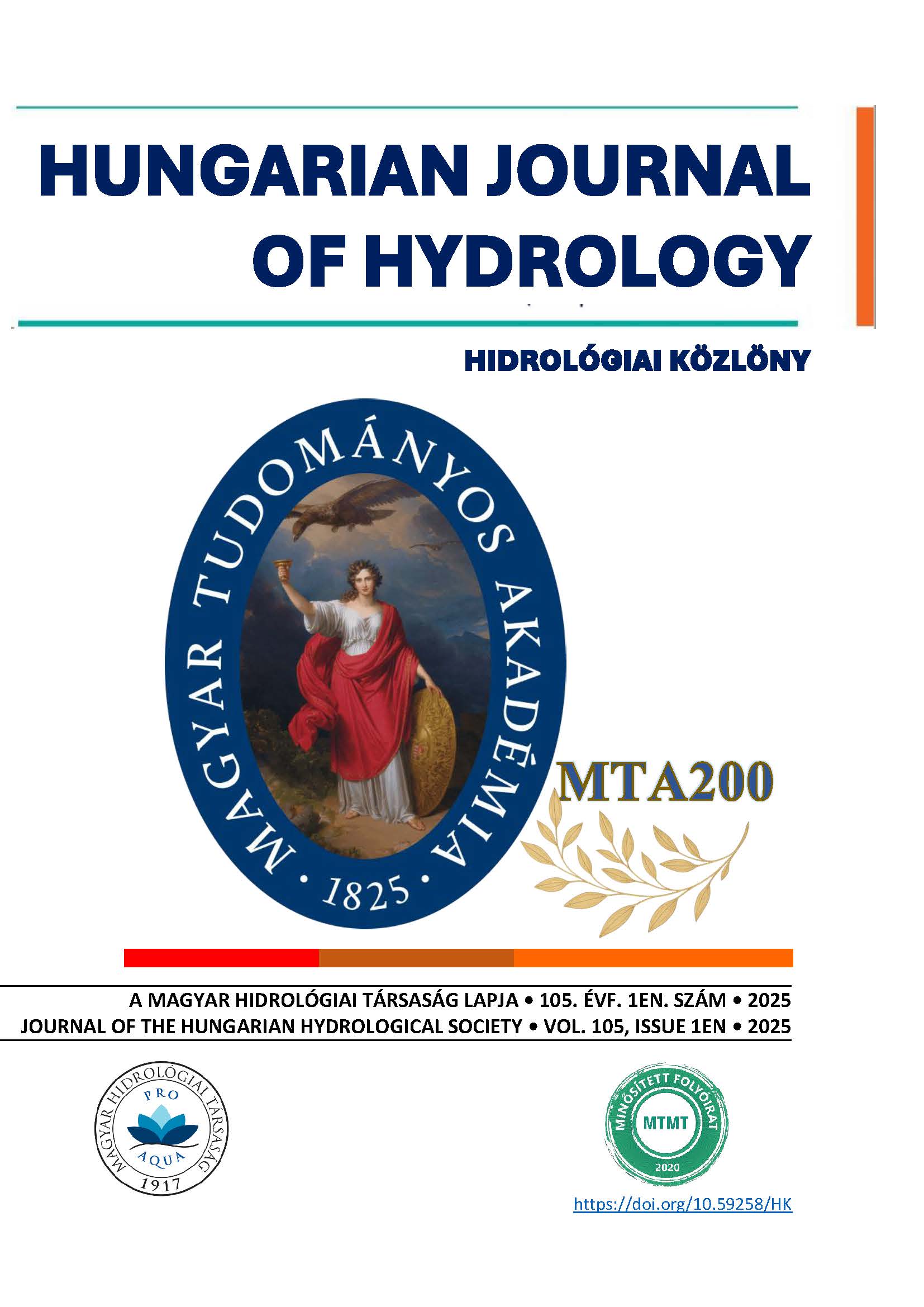Talajaink vízmegtartó tulajdonságainak javítása
Absztrakt
Az időjárás változásai az elmúlt évtizedekben jelentős hatást gyakoroltak a mezőgazdasági termelésre. A csapadék eloszlásának szélsőségessé válása, az aszályos időszakok gyakoriságának és hosszának növekedése csökkentik talajaink nedvességtartalmát. A lakóhelyünk környékén (Szekszárd, Magyarország) gyűjtött talajminták tanulmányozásával, talajkeverékek létrehozásával, elemzésével szeretnénk következtetéseket levonni, javaslatokat tenni a talajvízháztartásának javítására. Hipotézisünk az, hogy a talajok vízgazdálkodása javítható talajjavító anyagok alkalmazásával, ami jelentős mértékben javíthatná Magyarország vízháztartását. Az éghajlati elemek változását a lakóhelyünkről származó, 40 évet felölelő meteorológiai adatok elemzésével kezdtük. A talajminták, talajkeverékek és talajjavító anyagok (perlit, alginit, zeolit, komposzt, tőzeg, szarvasmarha trágya) textúráját, víztartó kapacitását, humusztartalmát és pH-értékét vizsgáltuk, majd a talajmintánk, talajkeverékeink és fedéssel javított talajunk víztartó képességét vizsgáltuk úgy, hogy búzát ültettünk 120 cserépben és azonos körülmények között 13 hétig neveltük. A vizsgált talajok iszapos, iszapos vályogtalajok, melyekben a talajmódosítások főként a homokfrakciót növelik. A vízvisszatartó képesség a módosításokkal javult, a humusztartalom jelentősebben nőtt a szerves talajjavító anyagokkal. A talajkeverékek pH-ja a lúgos irány felé terelte a talajmintákat. A talajkeverékek és a talajtakaróval kezelt talajok a talajmintánál nagyobb mértékben voltak képesek visszatartani a vizet.
Hivatkozások
Barkóczi M., Szakál P. (2007). Az éltető zeolitok, https://www.biokontroll.hu/
Dömsödi J. (2023). Földtani szerves és ásványi talajjavító anyagok, (https://magyarmezogazdasag.hu/)
Hannus I. (2012). Zeolitok és zeolitszerű mezoporózus anyagok, Magyar Tudomány.
Kirchkeszner Cs. (2017). Szerves hulladékok pirolízisével előállított bioszén és komposzt alkalmazása talajjavításra a fenntartható mezőgazdaság és hulladékhasznosítás jegyében, Budapest, BME VBK ABÉT
Kádár I. (2002). Szakvélemény a gércei alginit mezőgazdasági és környezetvédelmi hasznosításáról, Budapest.
Kocsis I. (2012). Talajtan és agrokémia, Eger, Eszterházy Károly Főiskola.
Pinke, Z., Kardos, M.K., Kern, Z., Kozma, Z., Pasztor, L., Ács. T. (2022). Changing patterns of soil water content and relationship with national wheat and maize production in Europe, European Journal of Agronomy, V. 140. 126579. https://doi.org/10.1016/j.eja.2022.126579
Somlyódy L. (2011). Magyarország vízgazdálkodása: helyzetkép és stratégiai feladatok, Magyar Tudományos Akadémia, ISBN2310002840954, p. 336.
Sipos G. (2011). Mennyi ivóvize van még Magyarországnak?, https://www.origo.hu
Stefanovits P., Filep Gy., Füleky G. (1999). Talajtan.
Szentes O. (2022). Szárazság Magyarországon 2022-ben és a múltban, OMSZ
Copyright (c) 2025 Benedek Sánta, Márton Frei, Zoltán Barocsai

This work is licensed under a Creative Commons Attribution-NonCommercial-ShareAlike 4.0 International License.




